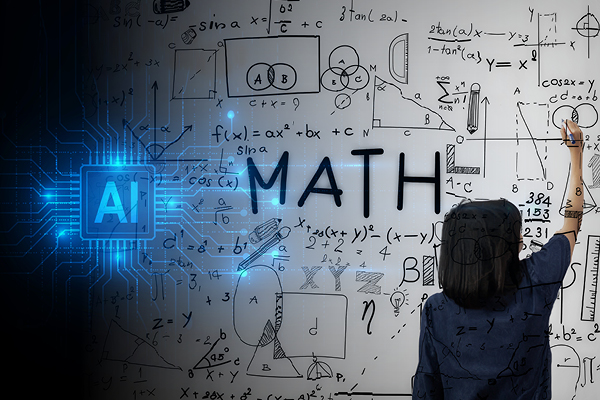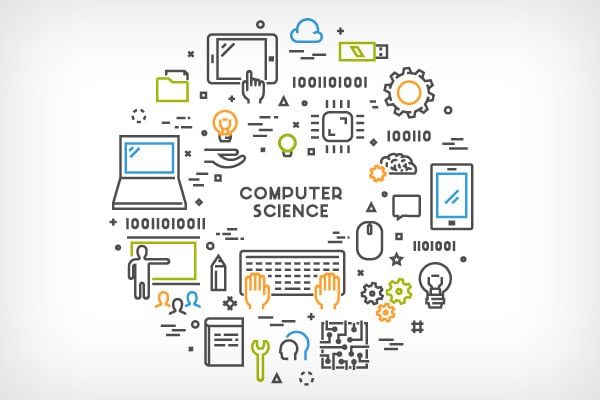A New York superintendent writes in K-12 Dive that AI, if used correctly, has the potential to provide more personalized, engaging learning for students. Jared Bloom is superintendent of the Franklin Square Union Free School District in New York and a member of the Institute for Education Innovation, a national school superintendent think tank.
Says Bloom: Artificial intelligence is already influencing many aspects of our lives. Voice assistants, auto correct, driving assistance systems, and predictive text and television program recommendations are all common tools used every day.
If leveraged correctly, Bloom says, AI holds the potential to serve as a truly transformative tool, allowing educators and administrators to be more adaptive to students’ needs by delivering personalized and engaging learning experiences. Additionally, introducing students to AI allows them to develop an understanding of 21st century technology – preparing them for the challenges and opportunities of the digital age.
Teachers have long struggled with the challenge of students learning at different paces, a problem drastically exacerbated by the pandemic. AI allows educators to become more adaptive in the classroom, allowing for differentiated and individualized learning for students, and ultimately freeing time for teachers to provide more one-on-one support.
For example, teachers can use AI software to quickly create reading passages and math problems tailored to each student’s individual learning level. Educational content can be customized based on a student’s personal interests, promoting further connection to the classroom material.
By learning each student’s strengths, weaknesses, and learning styles, AI can deliver personalized education plans to meet their needs, says Bloom. AI software delivers instantaneous feedback and continuous student support — it can even provide cognitive tutors and intelligent tutoring systems when needed, allowing students to immediately make corrections and learn at their own pace. All the while, their performance is being tracked, helping teachers develop dynamic, flexible learning plans that lead to better student outcomes.
The process of implementing AI (or any new educational software) can be overwhelming. Start small and work your way up, rather than trying to implement it across the entire curriculum. This will allow both teachers and students to gain experience, and teachers to refine their practices over time, says Bloom.
Every district is unique, so tap into your professional learning community or create a think tank to discuss your specific procedures and policies, says Bloom. In our district, we brought together teachers, principals, and administrators to identify priorities, set guidelines and develop a customized launch plan to best serve our students.
Teachers should review their district policies and have several conversations with students about using technology responsibly.
By responsibly leveraging AI, we have the opportunity to revolutionize education, ensuring our students are well-prepared to navigate the digital world that lies ahead of them, says Bloom.
K-12 Dive





